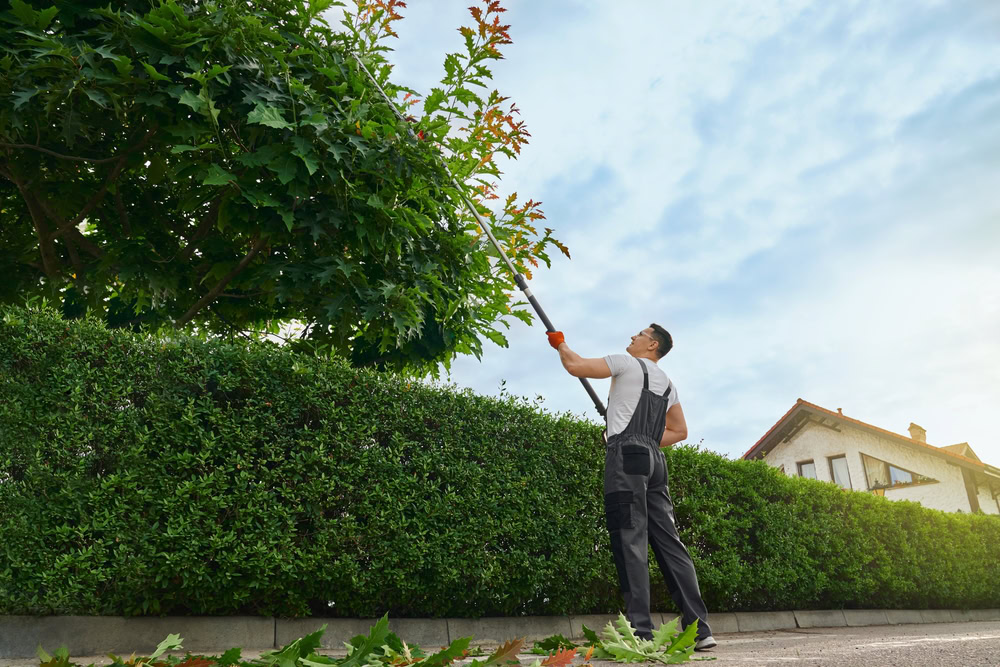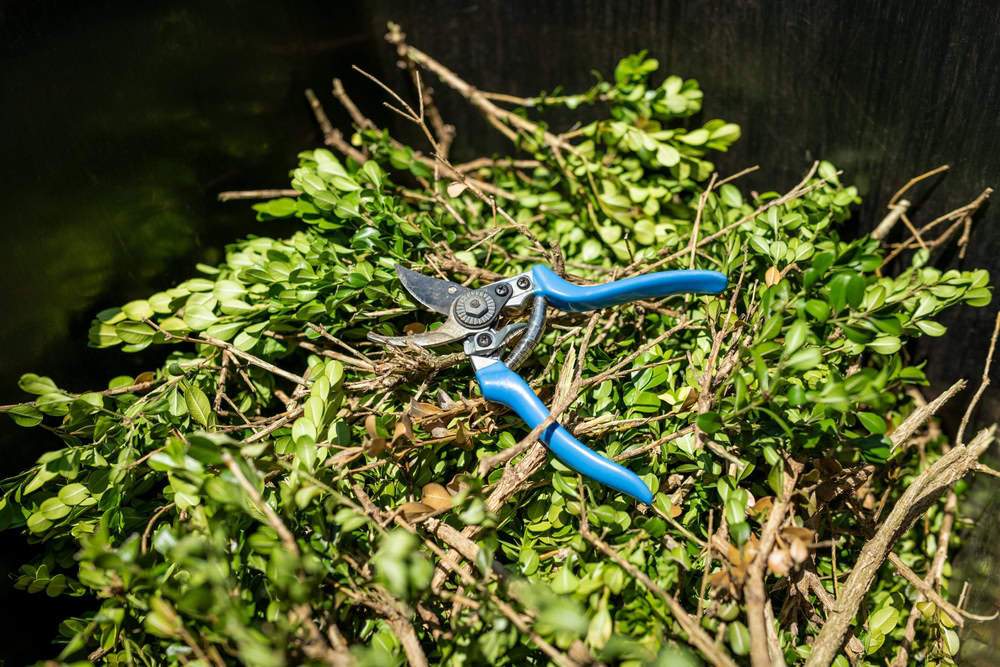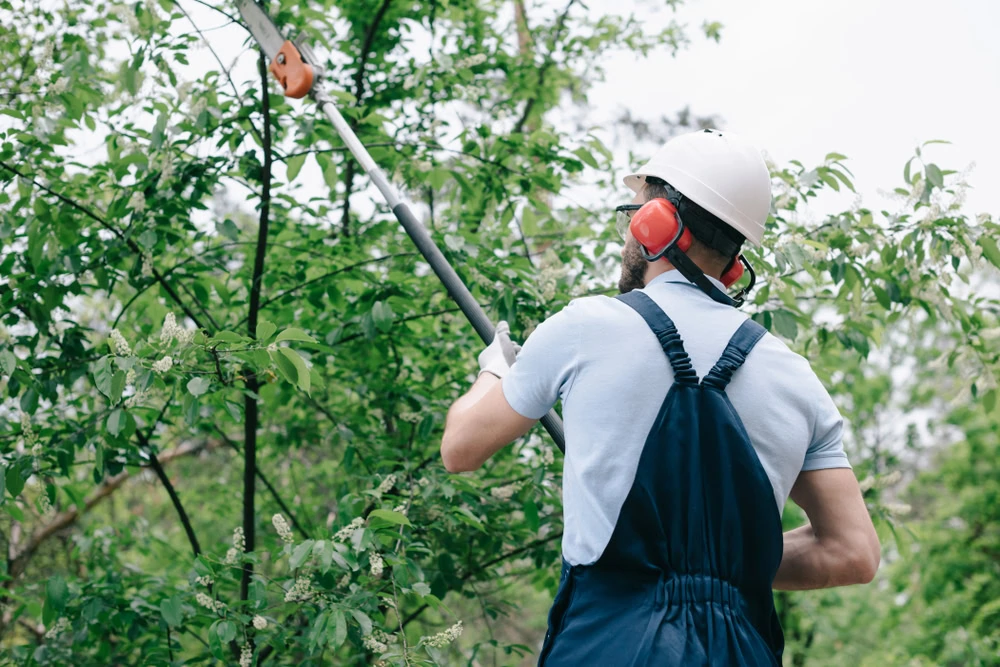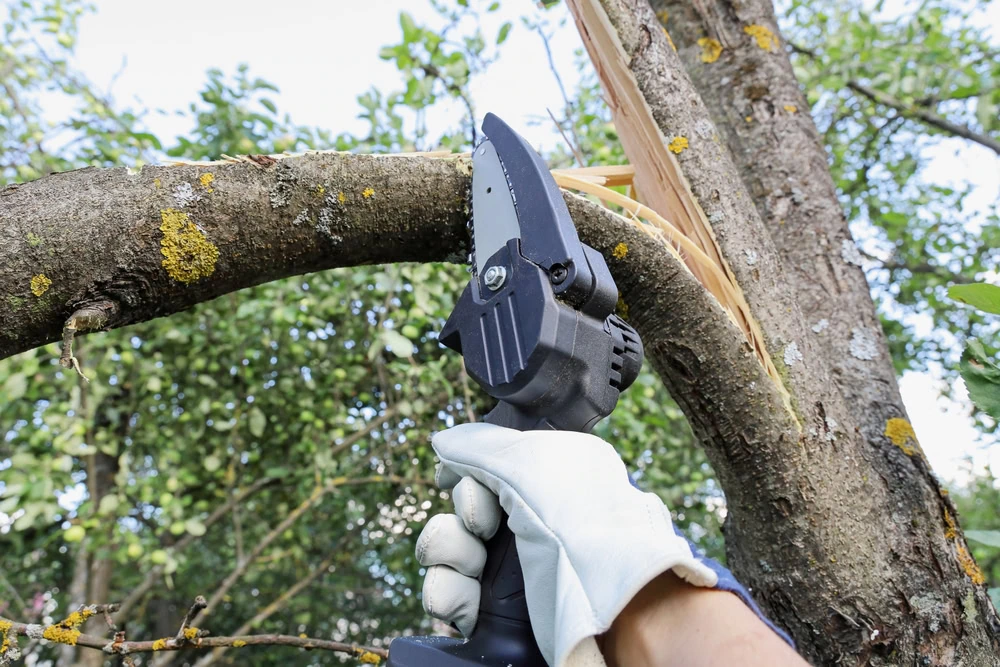Tree Trimming in Stony Brook, NY
Keep Your Trees Healthy and Safe
Professional tree trimming that protects your property and enhances your landscape’s natural beauty.

Hear from Our Customers

Professional Tree Care Services
Your trees look better, your property stays safer, and you sleep easier knowing those overhanging branches won’t come down on your roof during the next storm. That’s what happens when tree trimming is done right.
Proper pruning removes dead and diseased branches before they become hazards. It opens up your canopy so sunlight reaches your lawn and air flows freely around your home. Your trees grow stronger, live longer, and add real value to your property instead of creating constant worry.
You get the peace of mind that comes from working with people who understand trees. Not just how to cut them, but how to help them thrive for decades to come.
Stony Brook Tree Trimming Experts
Green Light Tree Services has been caring for trees across Stony Brook and Long Island for years. We know which species thrive in our local climate and how to trim them properly.
Every crew member is trained in proper pruning techniques and safety protocols. We’re licensed, insured, and equipped to handle everything from routine maintenance to emergency storm cleanup.
When you call Green Light Tree Services, you’re working with arborists who live and work in your community. We understand the unique challenges that Stony Brook trees face and how to keep them healthy through every season.

Tree Trimming Process
First, we assess your trees to identify which branches need removal and the best approach for your specific situation. We look for dead wood, crossing branches, and anything that poses a safety risk.
Next comes the actual trimming using proper techniques that promote healthy growth. Each cut is made at the right angle and location to help your tree heal quickly and grow stronger. We use professional equipment to reach high branches safely without damaging your property.
Finally, all debris gets cleaned up and removed from your property. You’re left with healthier trees, a safer landscape, and no mess to deal with. Most jobs are completed in a single day, depending on the scope of work needed.

Ready to get started?
Complete Tree Maintenance Solutions
Every tree trimming service includes a thorough assessment of your trees’ health and safety. We remove dead, diseased, and damaged branches while shaping the canopy for optimal growth and appearance.
Crown thinning opens up dense areas to improve light penetration and air circulation. Crown raising removes lower branches to provide clearance for walkways, driveways, and structures. Crown reduction carefully reduces the overall size of trees that have outgrown their space.
All work follows industry standards for proper pruning cuts and timing. Our service includes complete cleanup and debris removal, so you don’t have to worry about disposing of branches and leaves. Emergency tree services are available for storm damage and urgent safety situations.
